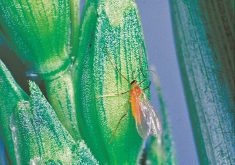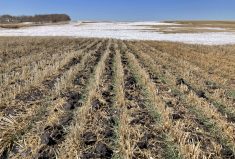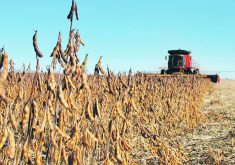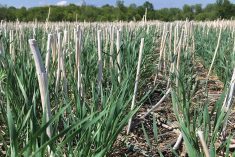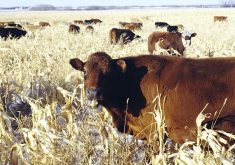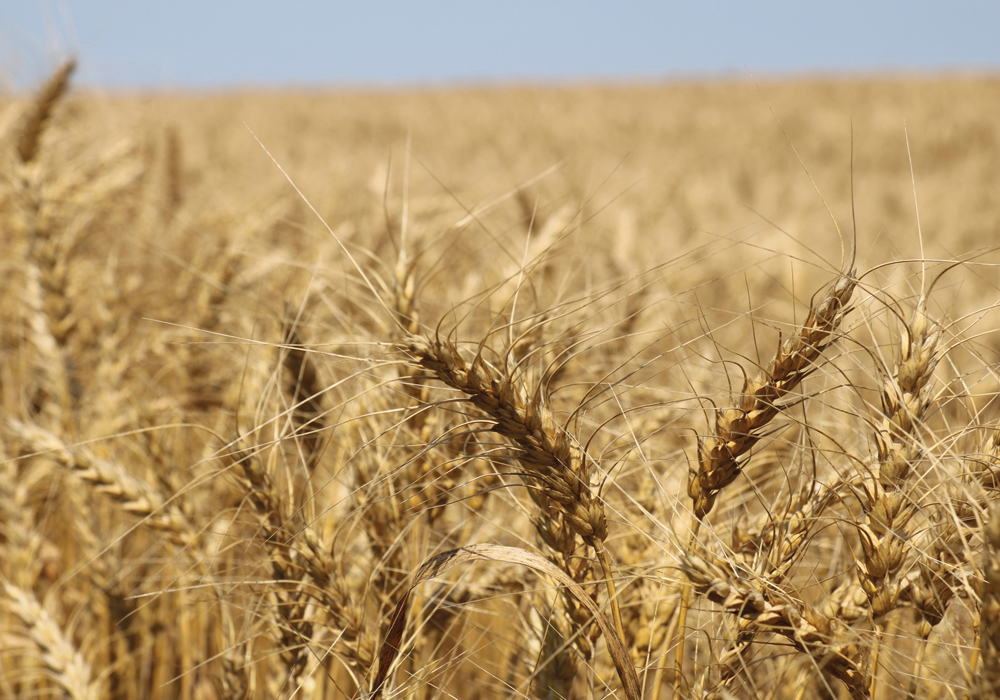Producers in the grain-growing regions of Western Canada will have lower-than-normal precipitation levels to work with this spring as they try to plant crops, according to preliminary weather projections from an industry analyst.
“The short-and longer-term crop models are calling for very little precipitation ahead of the ground freezing up for the winter, very little moisture during the winter and very little precipitation heading into the spring,” Drew Lerner with Kansas City-based World Weather Inc., said.
He said precipitation amounts will be less than normal, especially given the strengthening El Nińo event. “Based on the models I work with, most of the grain-and oilseed-growing regions of Western Canada will go into the winter with a very poor amount of moisture ahead of the ground freezing,” Lerner said. “Snow cover during the winter was also likely to be lighter than normal.”
Read Also

CUSMA access key among other trade noise: Seeds Canada panel
Seeds Canada conference panelists say Canada needs to stay focused and wait as U.S. trade and tariff chaos develops, and a Canada-U.S.-Mexico Agreement review looms
Lerner said long-range forecast could present challenges for producers heading into spring seeding. “These producers will be looking for moisture, and will be disappointed with what they see,” he said.
The El Nińo event will be with us for a long enough period of time to cause some moisture-deficit situations, Lerner added. “As a result, producers are going to have to rely on timely rains in the spring to give their crops a good start.” However, temperatures across much of Western Canada should be warmer than average. This was especially true for the western areas of the Canadian Prairies. However, the eastern Canadian Prairies will likely see temperatures average a bit closer to normal, with a lot of bouncing around between cold and warm, Lerner said.






